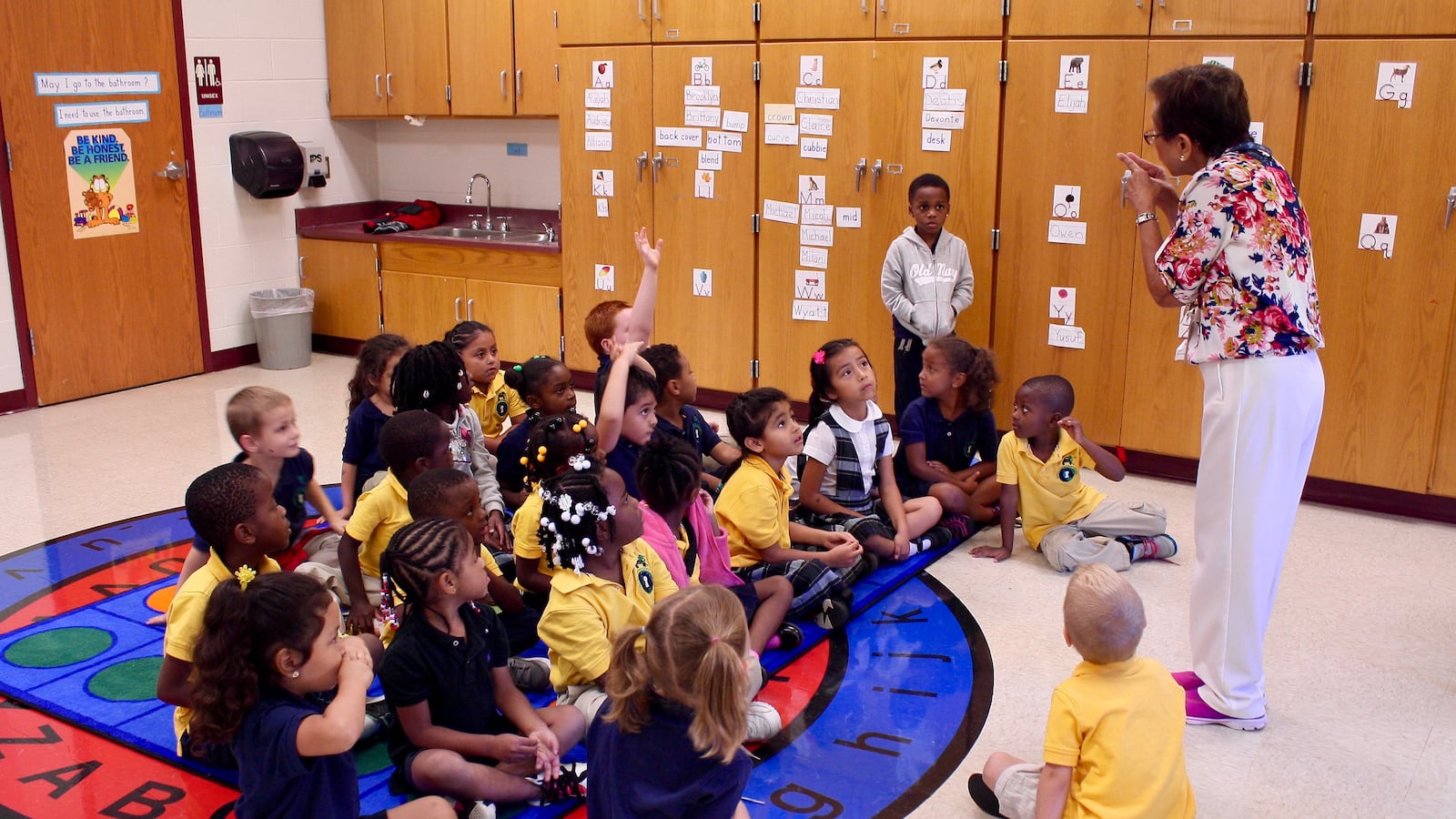This fall, more than 7,800 Indianapolis Public Schools students walked into schools run by outside managers, rather than the district.
Less than three years after the IPS board approved the first innovation school, only about 75 percent of IPS students attend district-managed schools. Innovation schools now educate 20 percent of the students, and another 5 percent attend schools under state takeover — a dramatic shift that may require the district’s central office to reshape itself in the years ahead.
Innovation schools are a hybrid between traditional district schools and charter schools. They are run by charter networks and nonprofits, which have almost complete control of daily management. The operators hire and fire teachers, who are not part of the district union. And they control school hours, curriculum and spending.
But innovation schools are overseen by the IPS school board, and they are considered part of the district when it comes to counting enrollment — and test scores.
Superintendent Lewis Ferebee does not have a clear goal for how many innovation schools he would like to see, he said. But he expects enrollment in innovation schools to continue growing.
“It’s a model that we utilize when we believe that it’s in the best interest of our students and our community,” he said.
The number of innovation schools nearly doubled this year, going from nine to 16. In part that’s because several charter schools joined the innovation network, including Avondale Meadows Middle School and Herron, Riverside and Purdue Polytechnic high schools. The district also converted several of its own schools to innovation status
Those schools helped drive the district’s enrollment up to about 31,820 students, according to IPS data. It’s the highest enrollment has been in five years. But the number of students in traditional schools has plummeted over the same period, falling from just over 30,000 students in 2013 to about 24,000 students this year.
The sweeping changes raise questions about the future of education institutions across the city, including whether the IPS central office will need to shrink. Instead of relying on IPS for services districts typically provide — such as special education specialists, teacher training and custodial staff — innovation schools often handle those services themselves or rely on contractors.
Several innovation schools automatically receive special education services from the district, but IPS special education services are not currently available to all innovation schools, said Brent Freeman, who heads special education for the district.
Aleesia Johnson, who oversees innovation schools for the district, said that innovation schools still rely on the district for help with administrative issues such as vetting vendors.
“We have to think differently about those schools,” she said, “because they just operate in a different way.”
The district cut central office spending significantly in prior years. But spending inched back up in 2016, and Ferebee said the district may need to hire staff to help train principals for the extra responsibility that comes with running innovation schools.
“We are probably as thin as we are going to get,” Ferebee said.
Correction: This story has been corrected to reflect the fact that several innovation schools automatically receive special education services from IPS. Those services are not currently available to all innovation schools.

